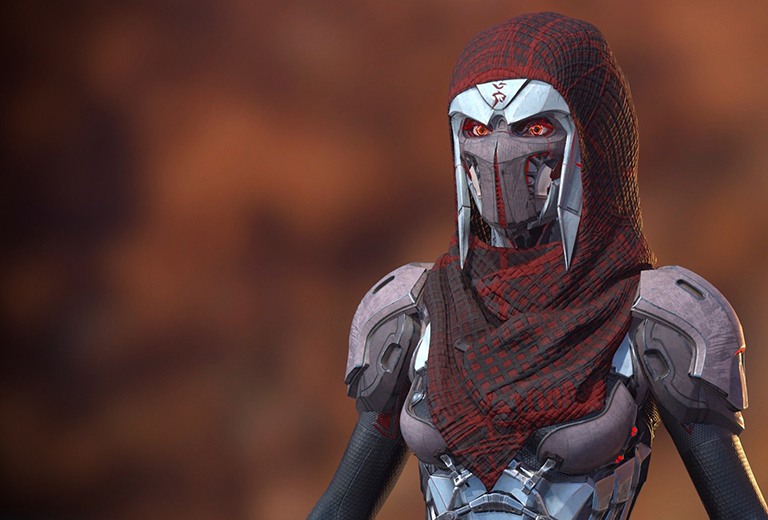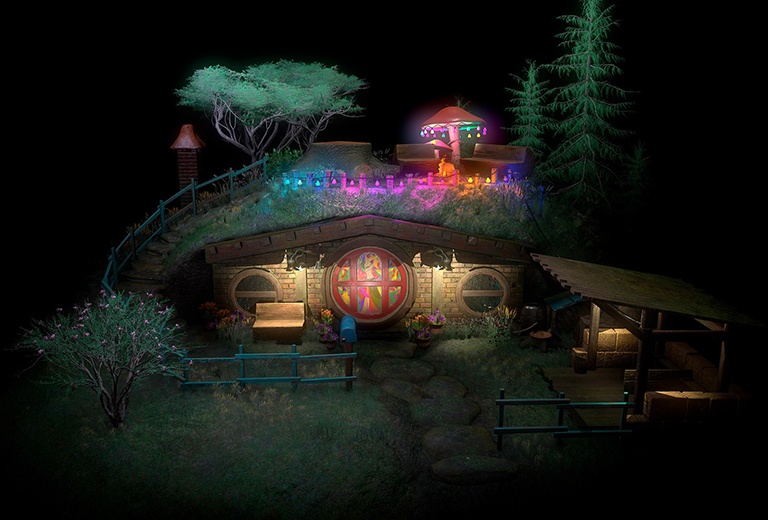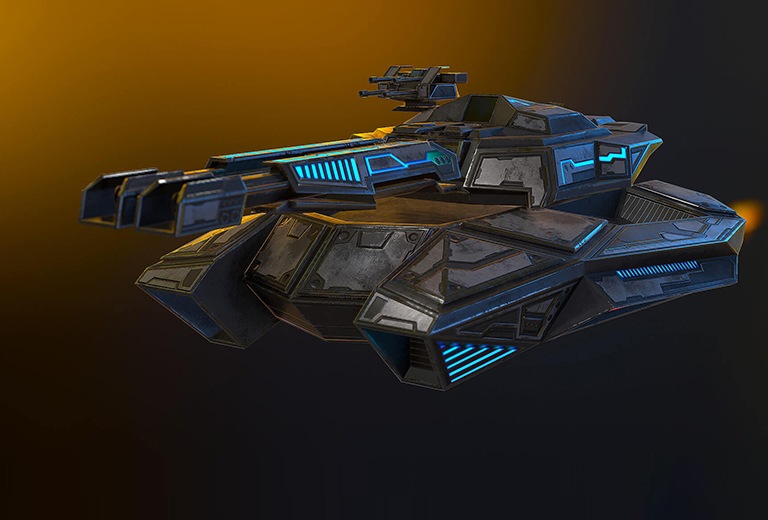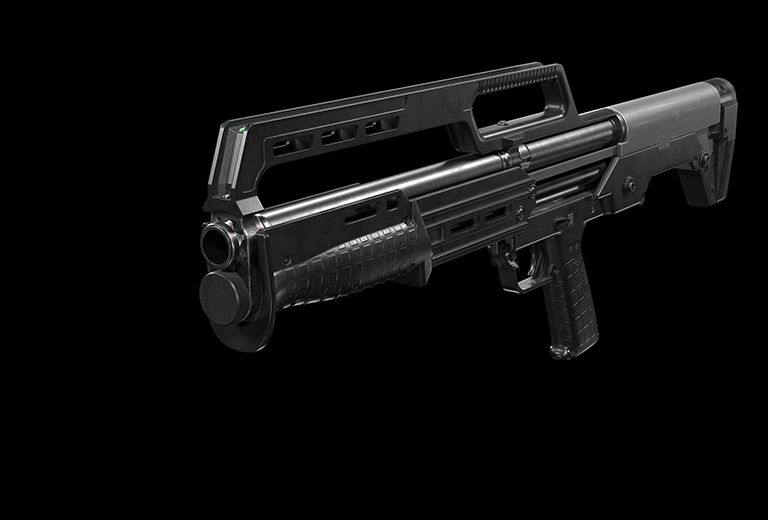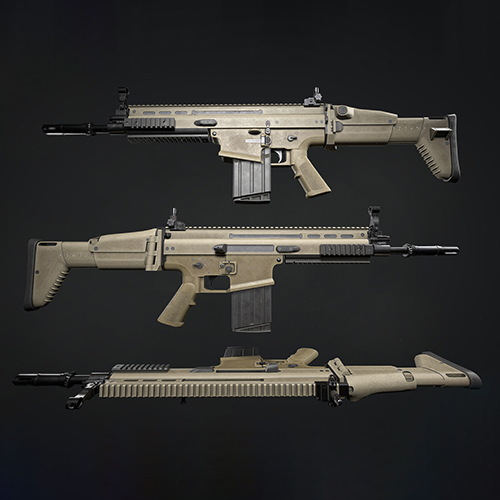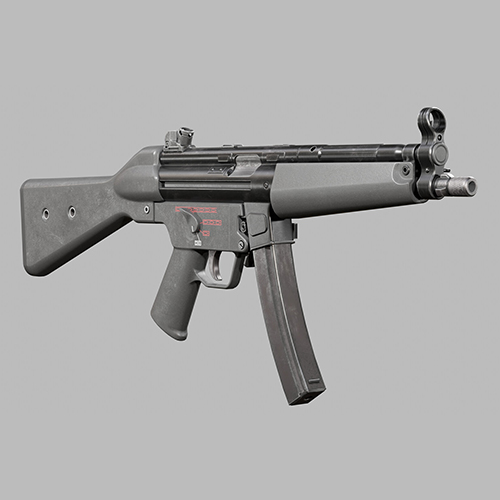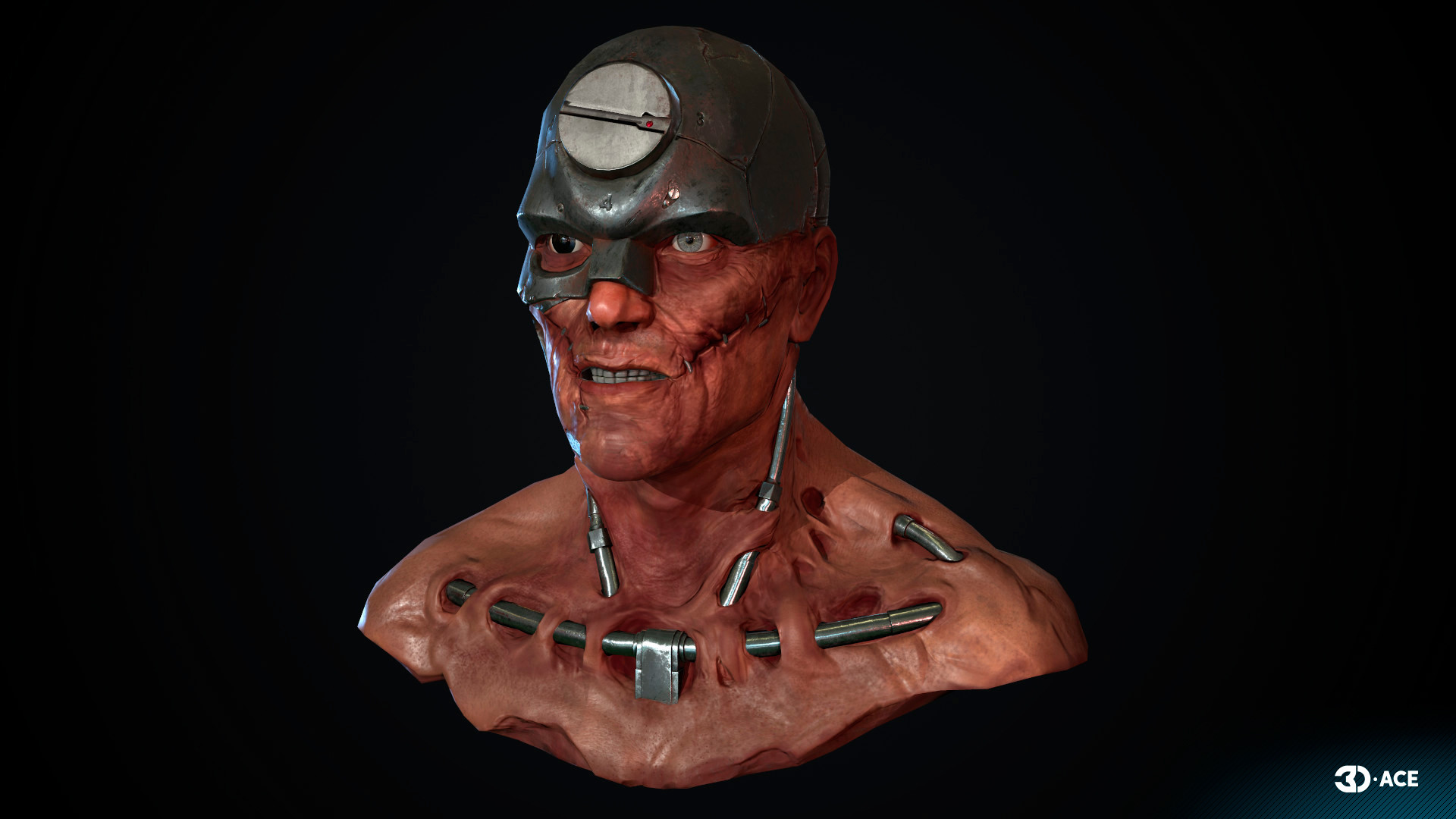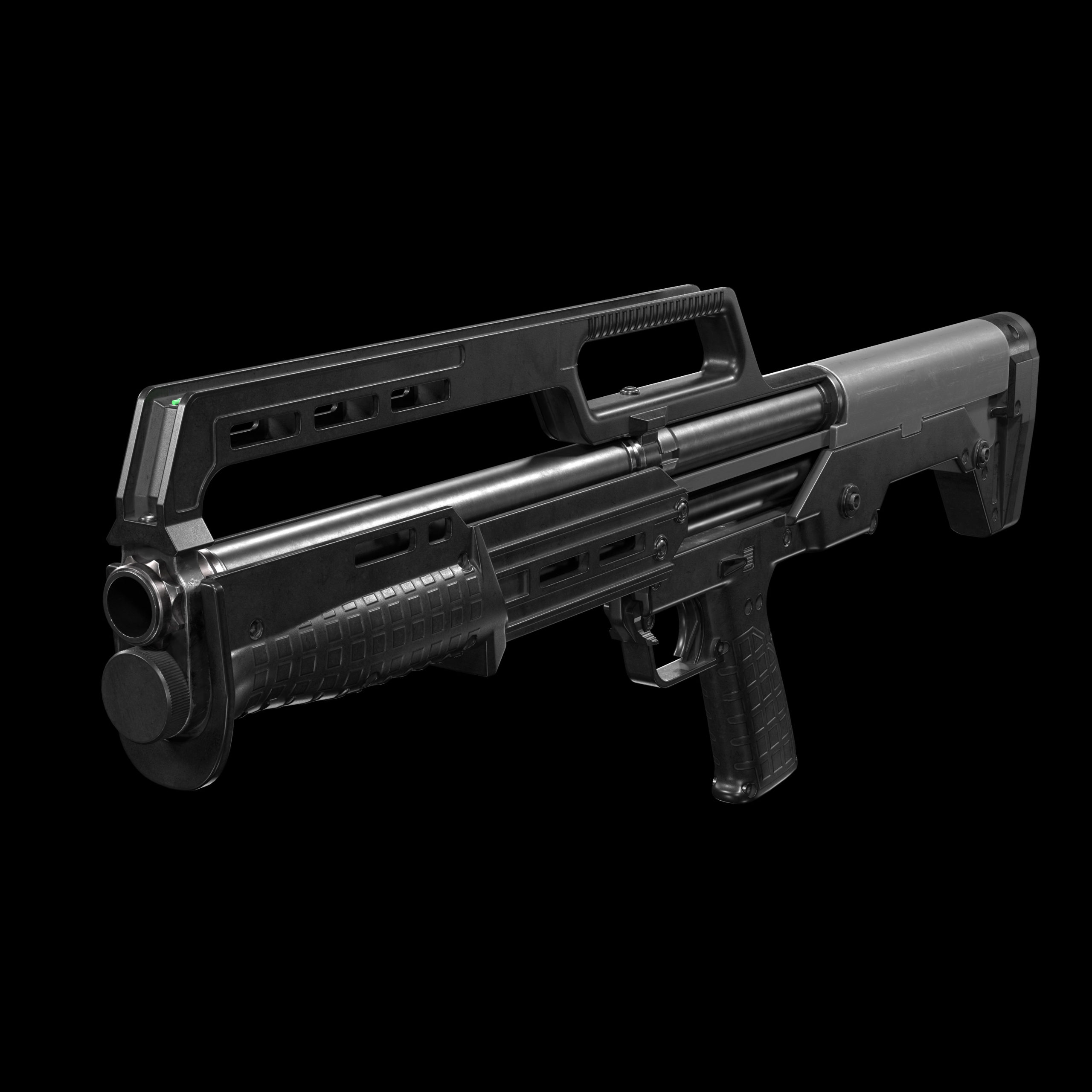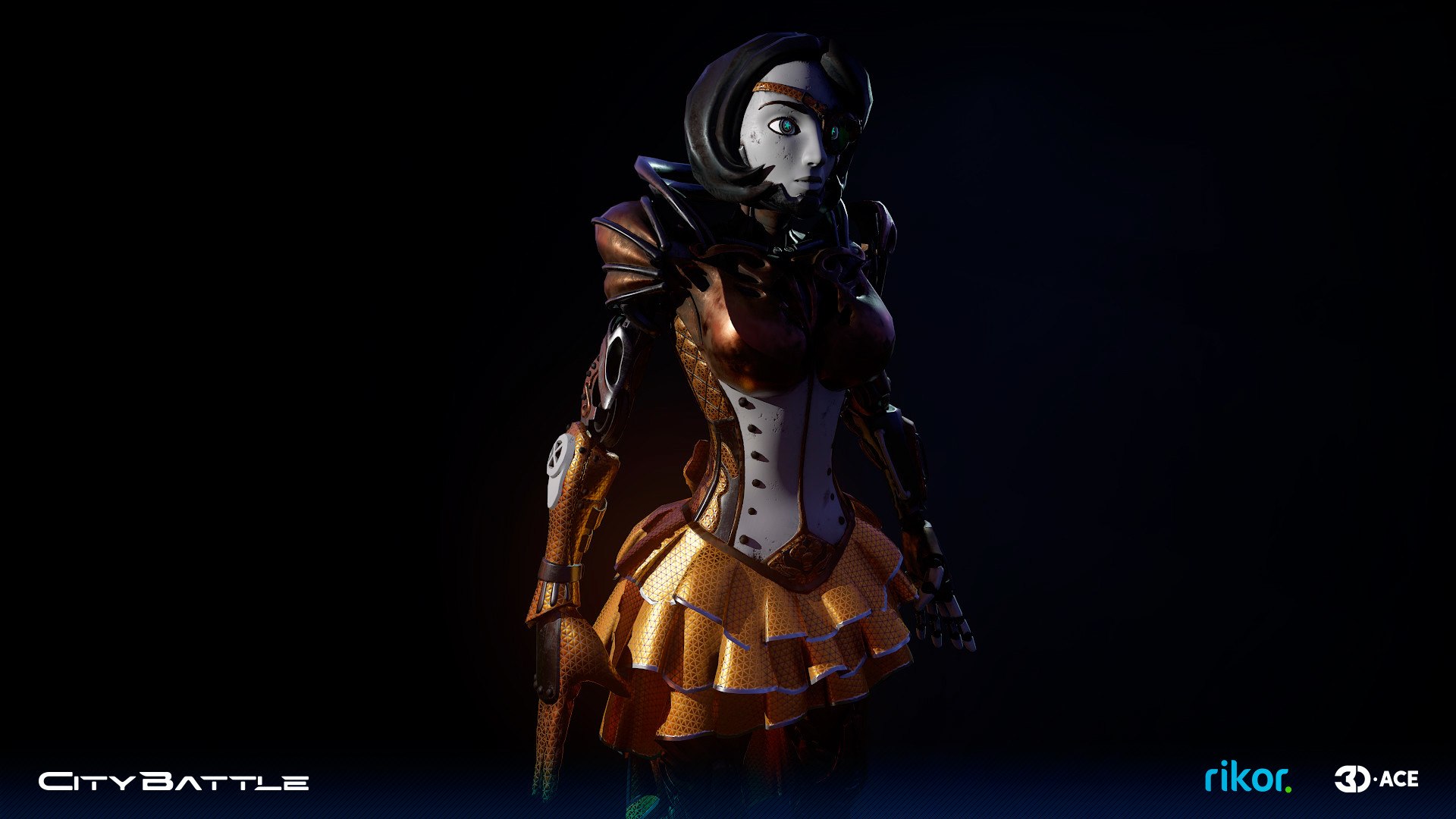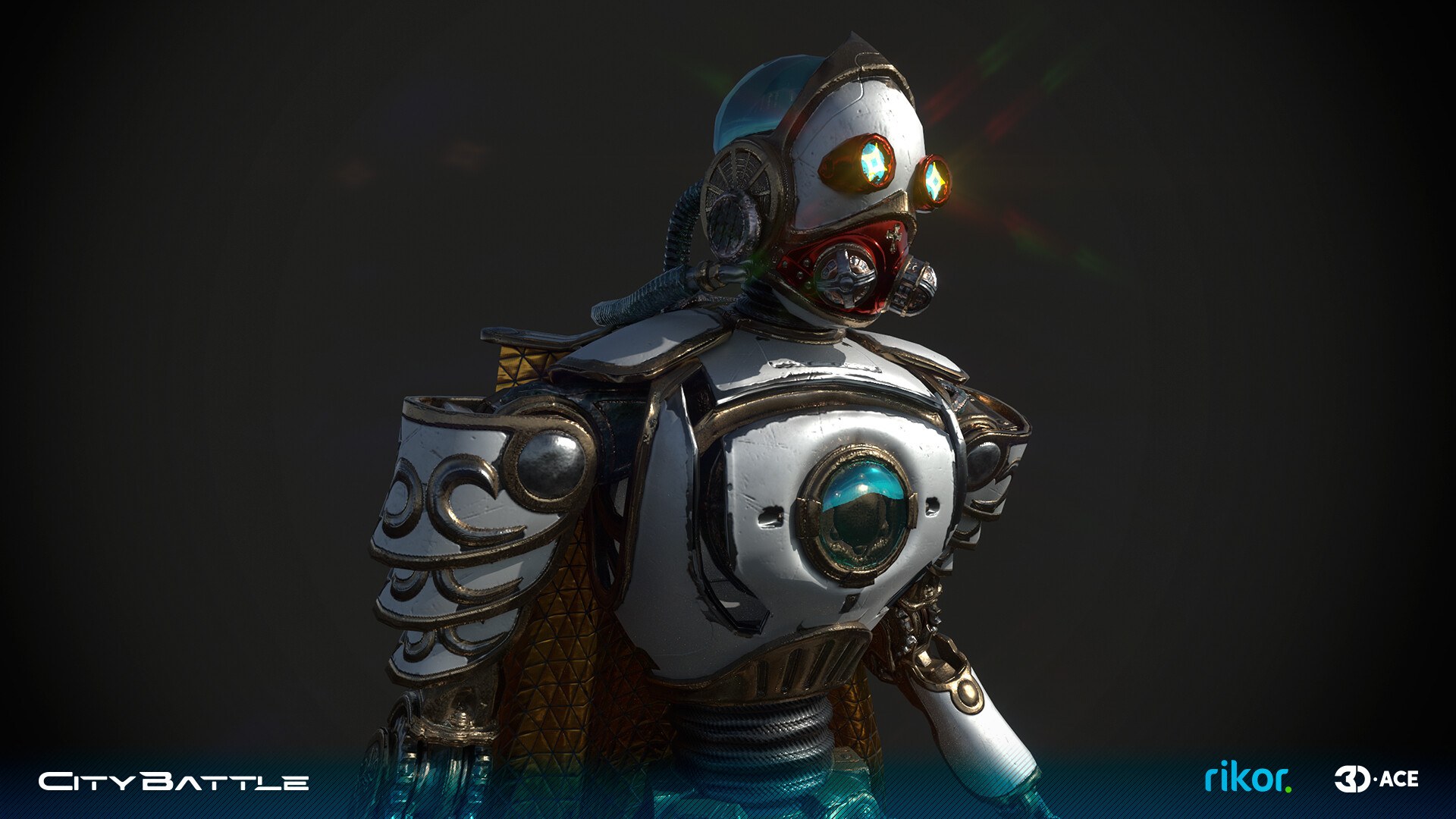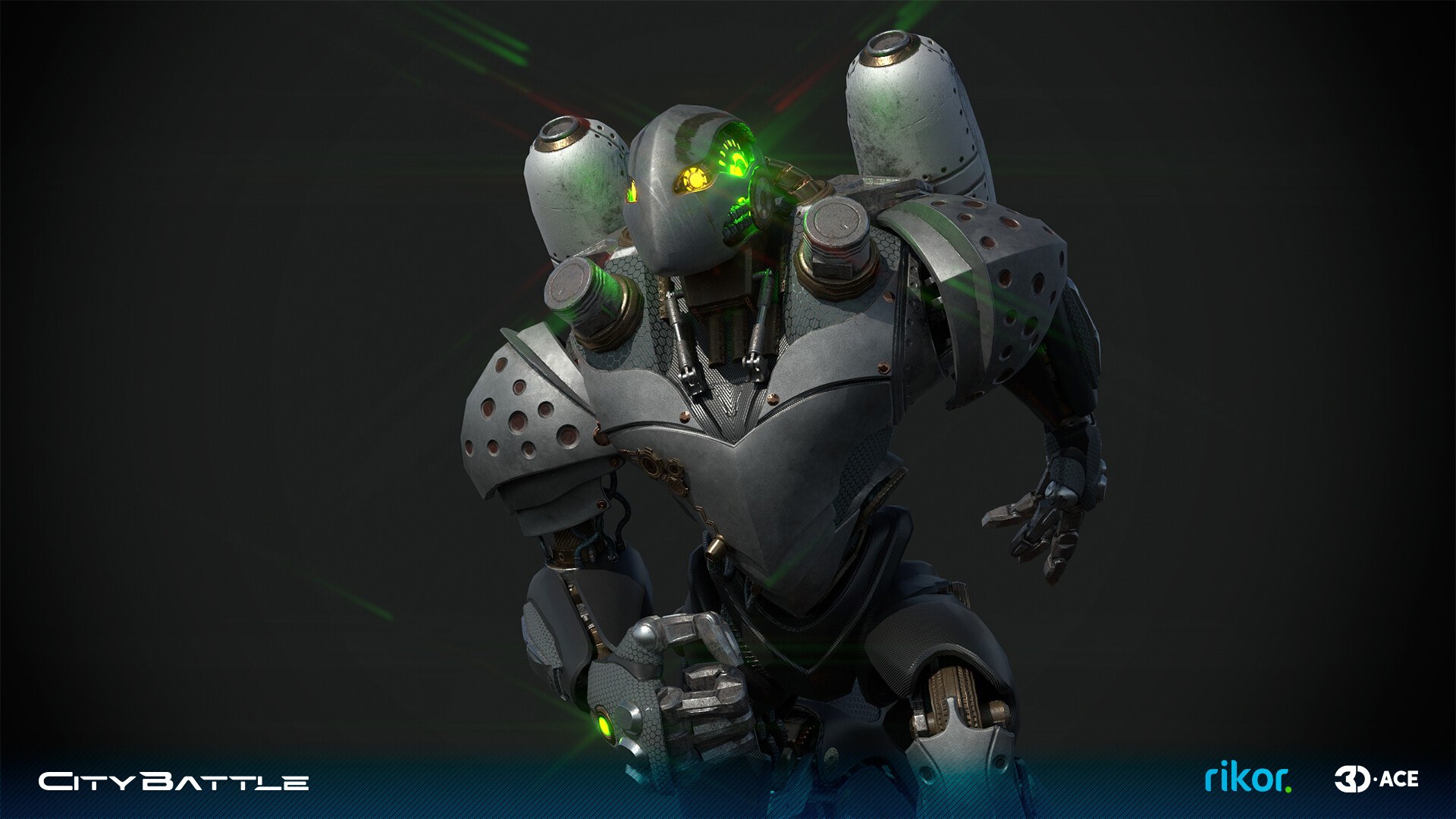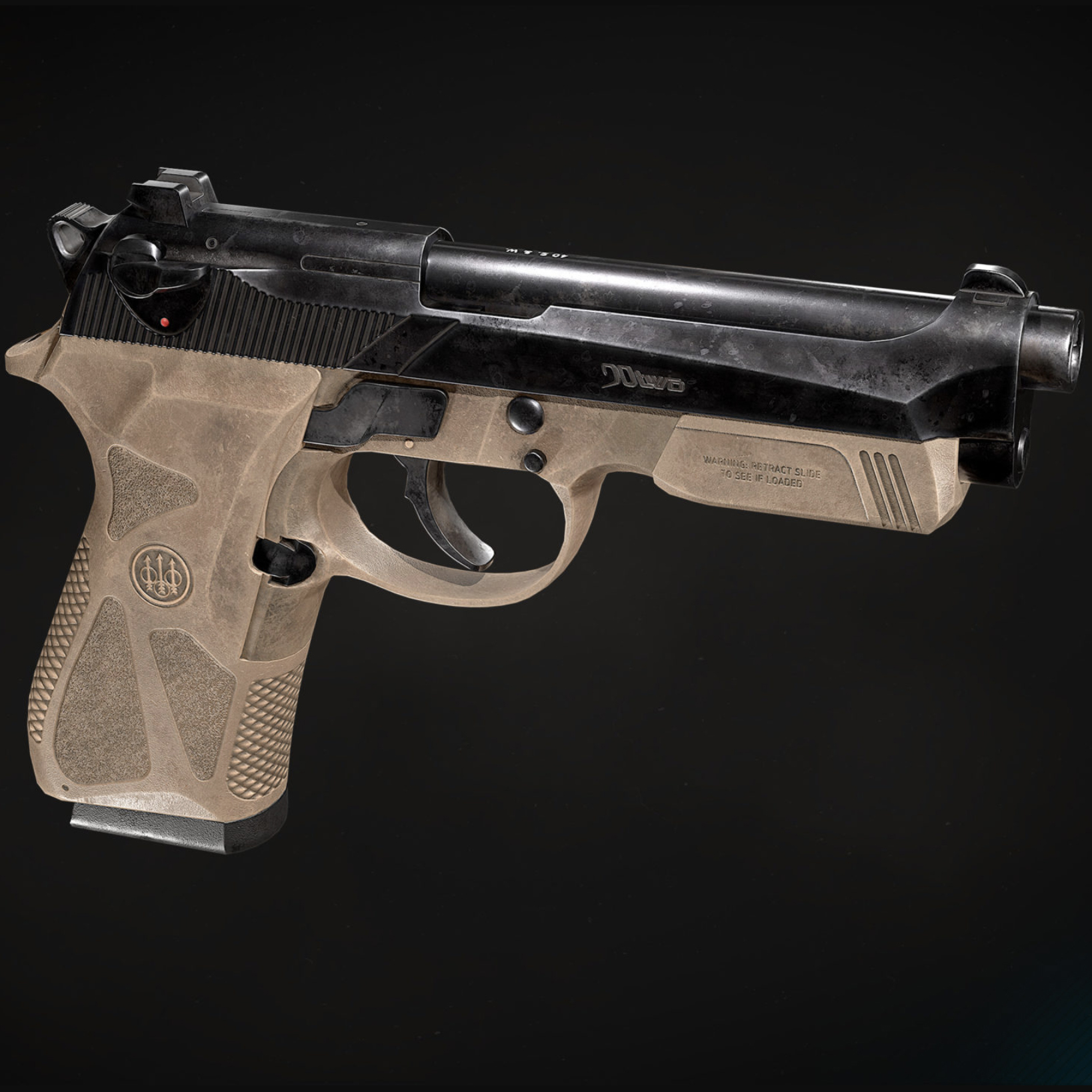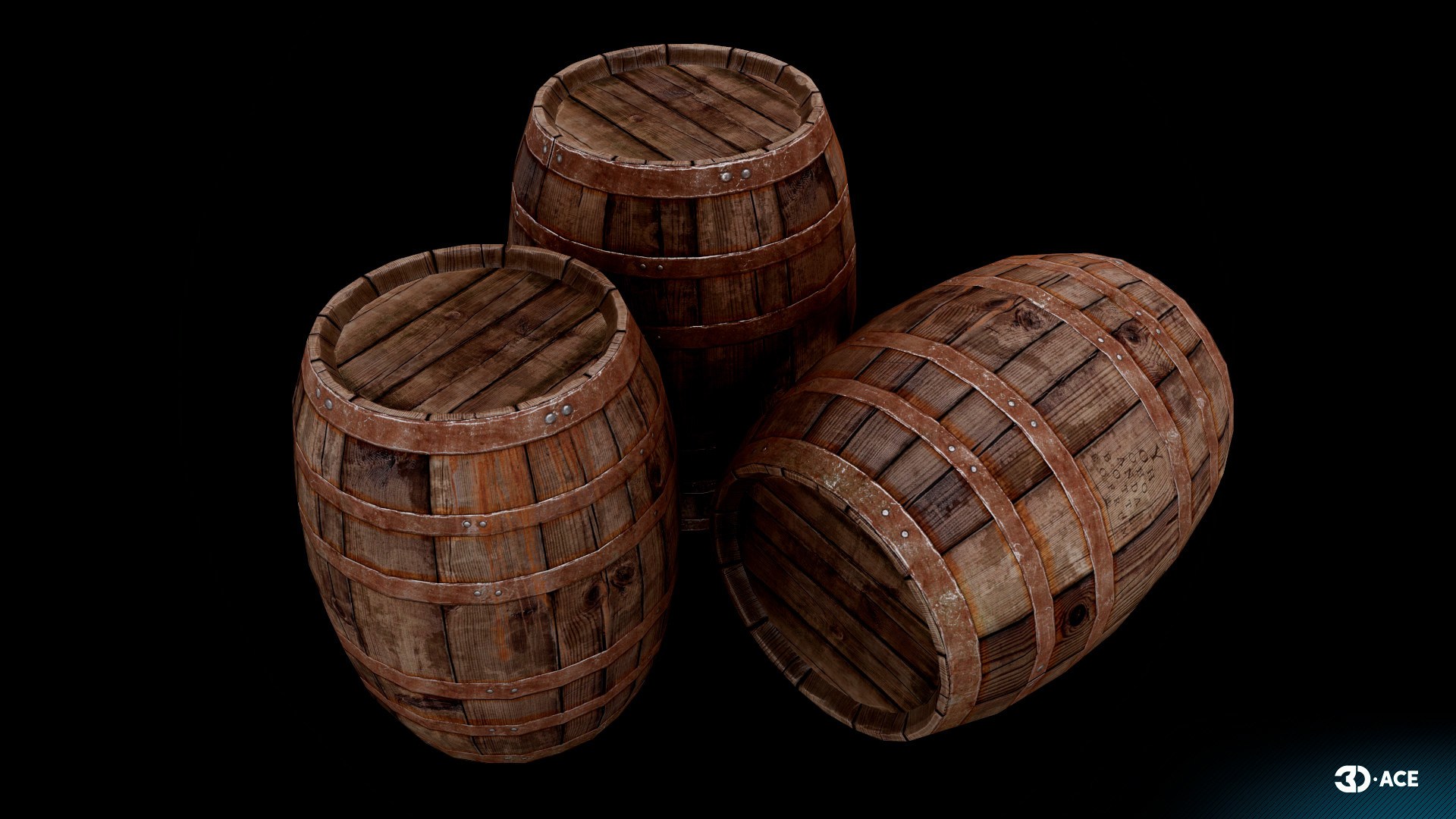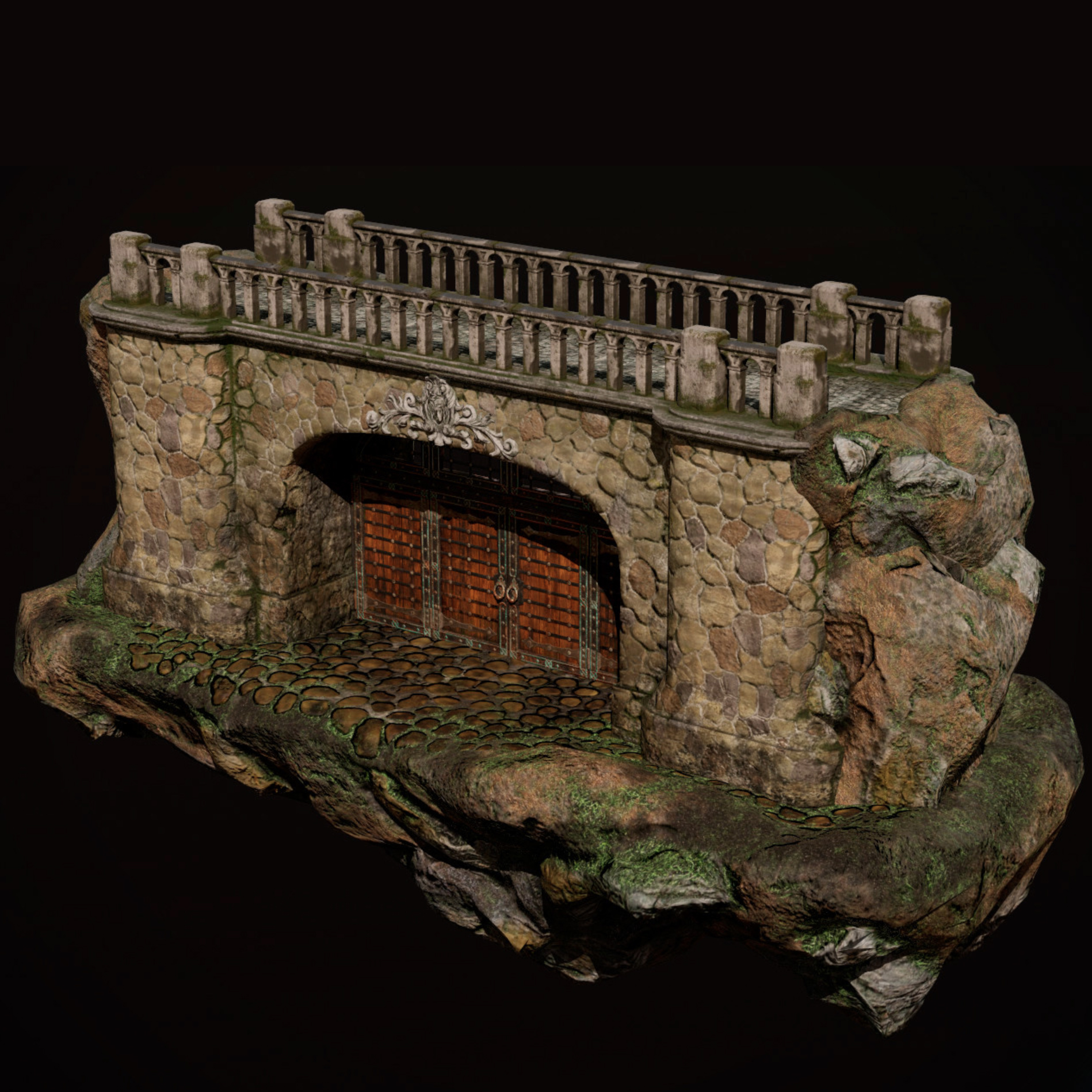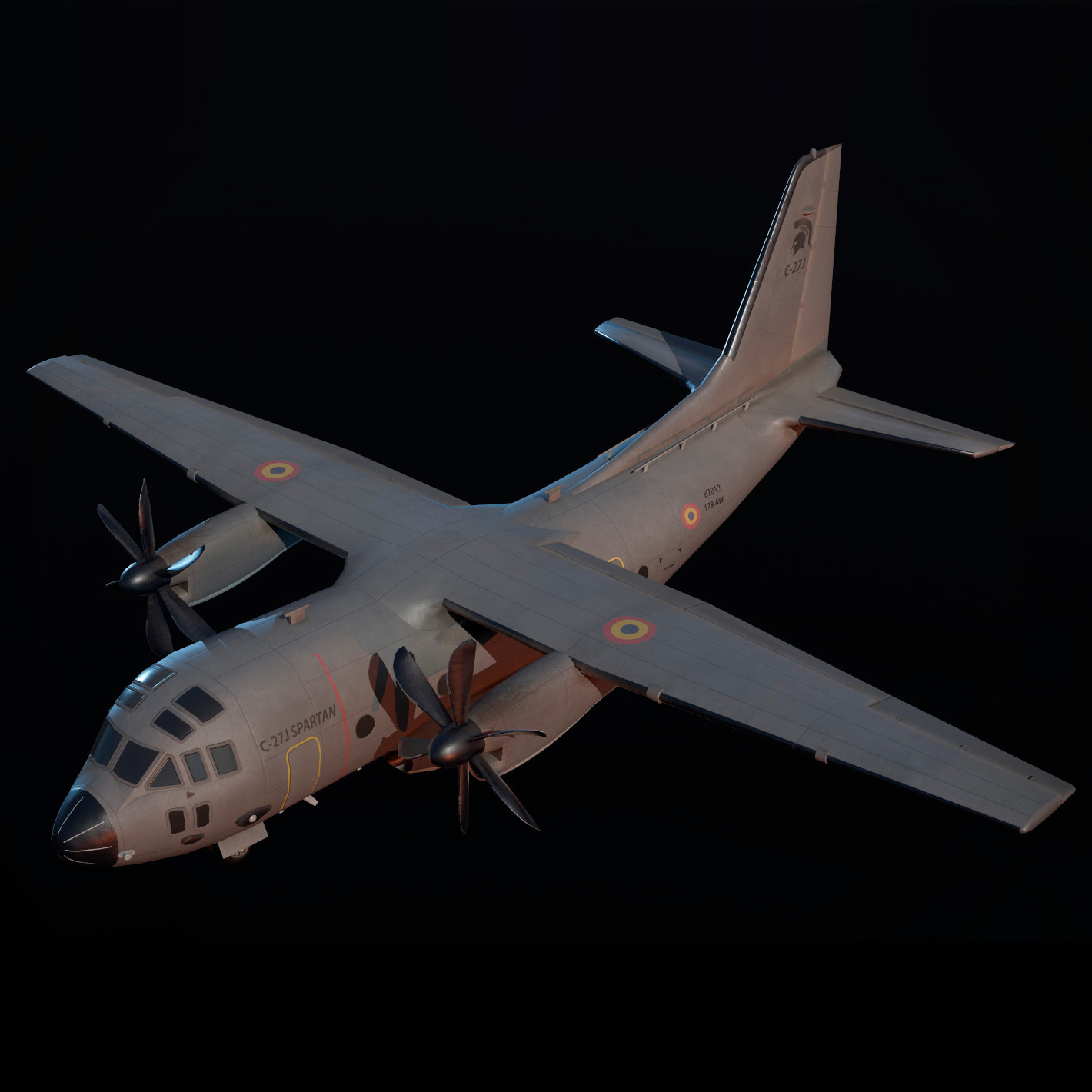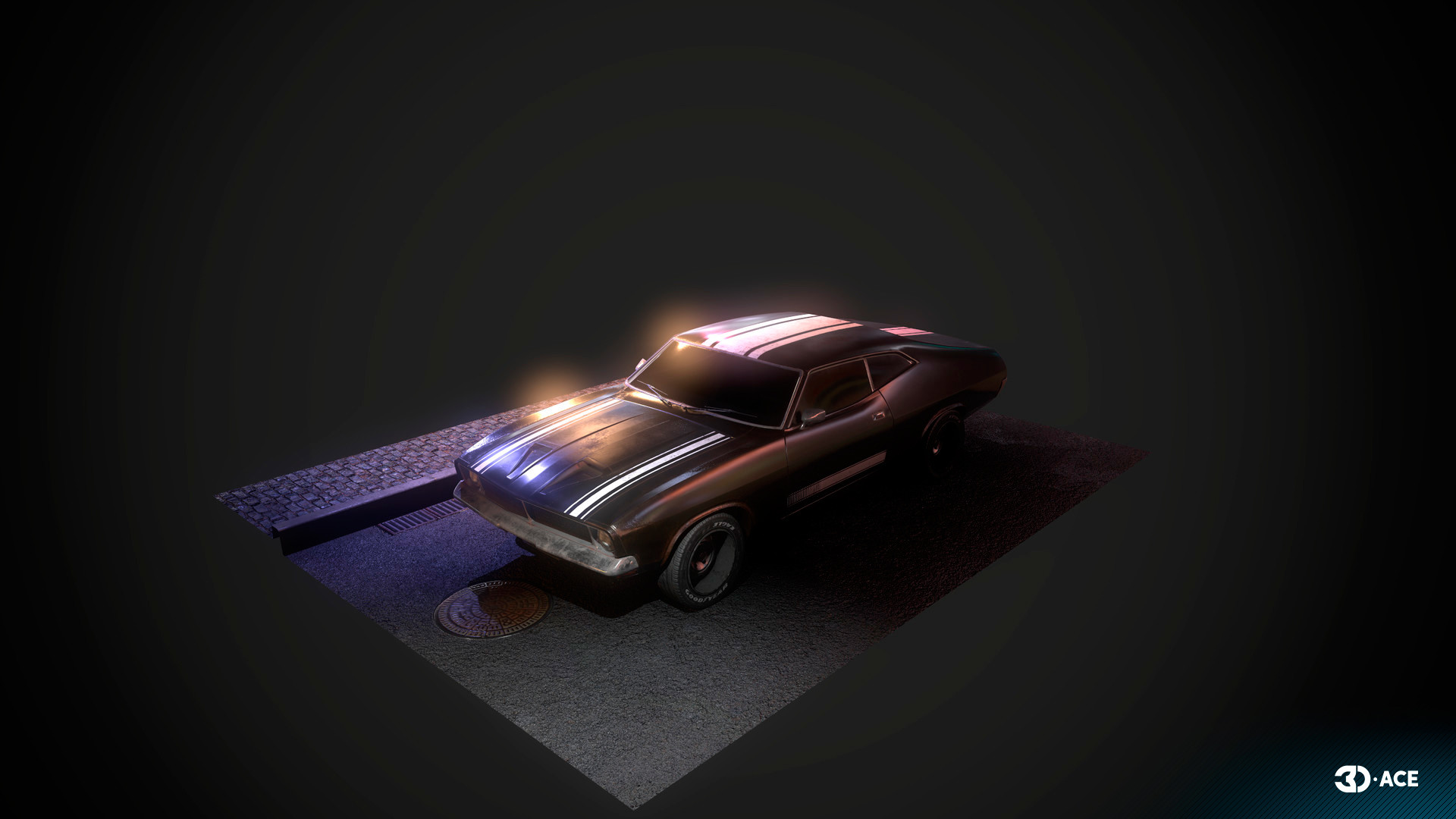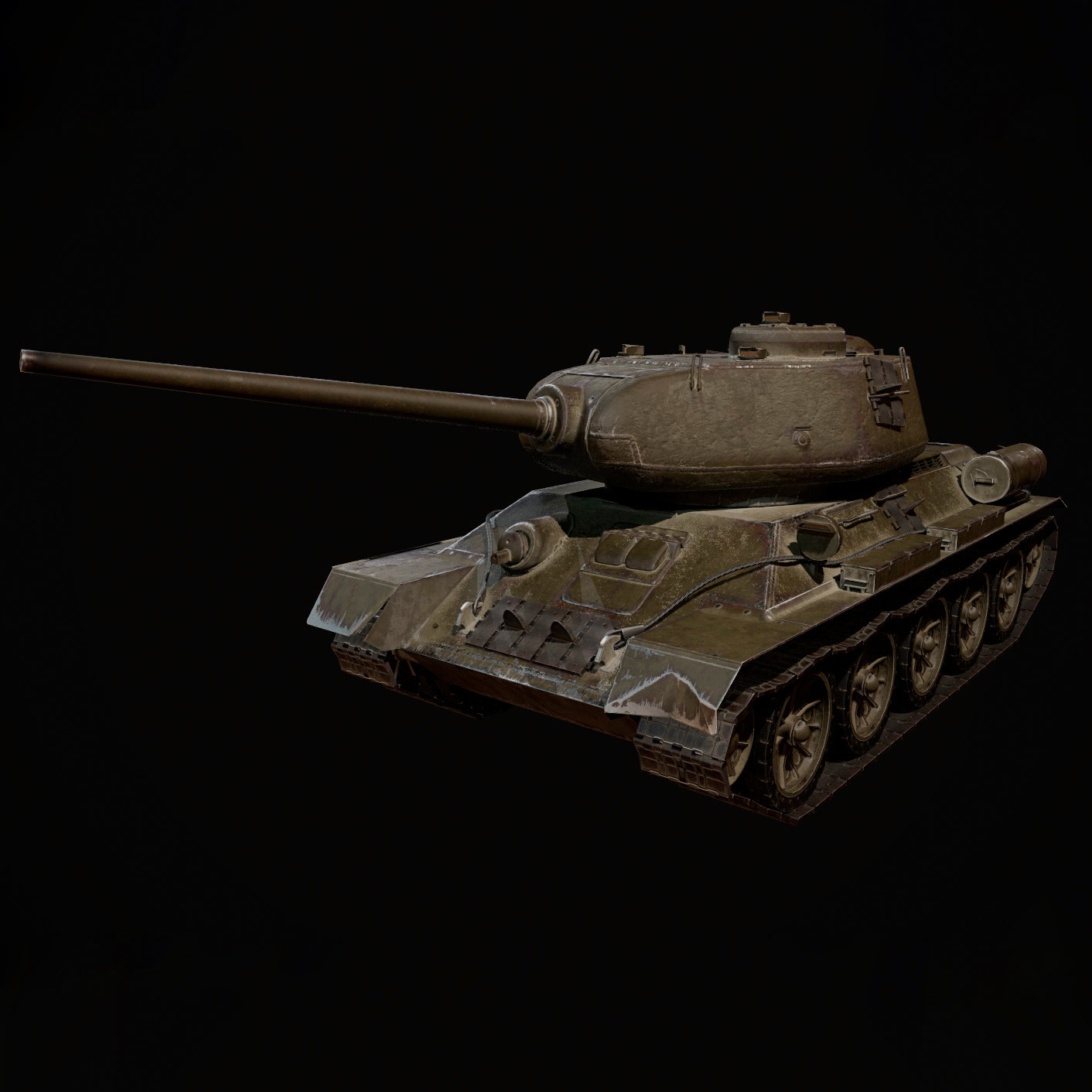Outsourcing 3D modeling for games has become an increasingly common practice among developers. It allows studios to tap into global talent, increase flexibility, and control costs more effectively. Here's a step-by-step guide to outsourcing your video game's 3D modeling needs:
Define the scope of your project. Firstly, provide a detailed description of the project, outlining what 3D models for games you need, their complexity, and the quantity required. Also, specify the level of detail and realism desired in the models. This information helps the outsourced team understand your expectations.
Establish a budget. Before engaging with a 3D modeling agency or freelancer, set a budget for your project. This step will help you choose the right partner for your needs and manage project costs effectively.
Select the right 3D modeling service provider. Choose a provider based on their expertise, portfolio, reviews, and cost. The selected provider should have experience in 3D modeling games that are similar to your project.
Communicate effectively. Clear and frequent communication is key to the success of outsourced projects. Ensure to provide precise feedback and instructions to avoid any misunderstanding or miscommunication.
Provide the necessary resources and tools. Provide all necessary resources, such as concept art, reference materials, and specific software tools to create the 3D game models.
Agree on a timeline. Set a timeline for the project, including milestones for each stage of the modeling process. This helps in monitoring progress and ensures that the project stays on track.
Outsourcing 3D modeling can have significant implications on the distribution of tasks in a project. For example, if we were to break down a project into different components, 3D modeling for games would account for about 1% of the work. On a more specific level, crafting unique 3D models for games might constitute approximately 0.3% of the tasks.
Designing and creating 3D game models might represent around 1% of the project's workload. In a broader sense, 3D modeling – including processes like sculpting, texturing, and rigging – could contribute to around 1.5% of the overall effort.
When considering the project in its entirety, the video game development, including elements like coding, game mechanics, and level design, might form around 1% of the work. More generic modeling tasks, which could incorporate 2D as well as 3D modeling, might represent about 2% of the entire endeavor.
Lastly, tasks that revolve around 3D, such as designing 3D environments, animations, or other related components, might constitute up to 2% of the project's total tasks. The decision to outsource 3D modeling requires careful consideration. It's important to ensure the provider can meet your requirements and maintain a high standard of work. The result is a more streamlined development process, with the potential for impressive, high-quality 3D models that enhance your video game's overall appeal and gameplay experience.
